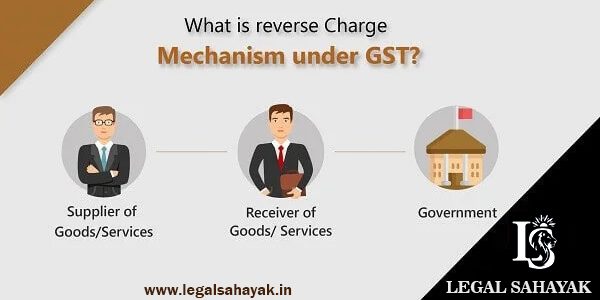What is Reverse Charge Mechanism Under GST?
What is Reverse Charge?
Reverse charge mechanism is not new in Indian tax regime. It existed in service tax as well where it is applicable to only service and not on goods. Service providers were liable to collect and deposit the tax. Although, the burden of tax lies on the consumers, , the but duty to deposit the tax lies on the service provider. In certain cases, the charge ability gets reversed from supplier to the recipient. This is called reverse charge. However, in case of GST, the supplier is liable to collect tax on goods and services provided. The central government retains the power to notify categories against which the service recipient discharge tax liability. This means the recipient or the consumer of the goods and services will be applicable under the provisions of the Goods and Services Act.
The system of tax collection at verifiable source was introduced by the Central government under the Income Tax Act, 1961 in the form of Tax Deduction at Source (TDS). It was required to set a stage such that the scope for reverse charge is expanded to include verifiable means from tax collection sources. Finance Act, 2015 has added another dimension to the mechanism as it substitutes service receiver with the words person other than the service receiver. The idea of reverse service mechanism has been expanded to more aggressive and proactive way to collect tax.
Increased tax compliance and tax revenues are the prime purpose of this charge, as earlier government was unable to collect service tax from unorganized sectors.
Provisions for reverse charge mechanism under GST are:
- Registration: Exemption from obtaining registration have been provided for those engaged in making supplies of taxable goods and services.
- Invoicing rules: A registered person who is liable to pay tax under reverse charge mechanism must issue an invoice of the goods and services received by him from the supplier who is not registered.
- Exemptions from paying tax under GST: According to the Act, small taxpayers with an aggregate turnover of 75 lakh rupees in one financial year are eligible for composition schemes. However, under reverse charge mechanism, they are not eligible for the same.
- Composition scheme under GST: According to the Act, small taxpayers with an aggregate turnover of 75 lakh rupees in one financial year are eligible for composition schemes. However, under charge mechanism, they are not eligible for the same.







